Is There a Simple Way to Identify SN1, SN2, E1, and E2 Reactions?
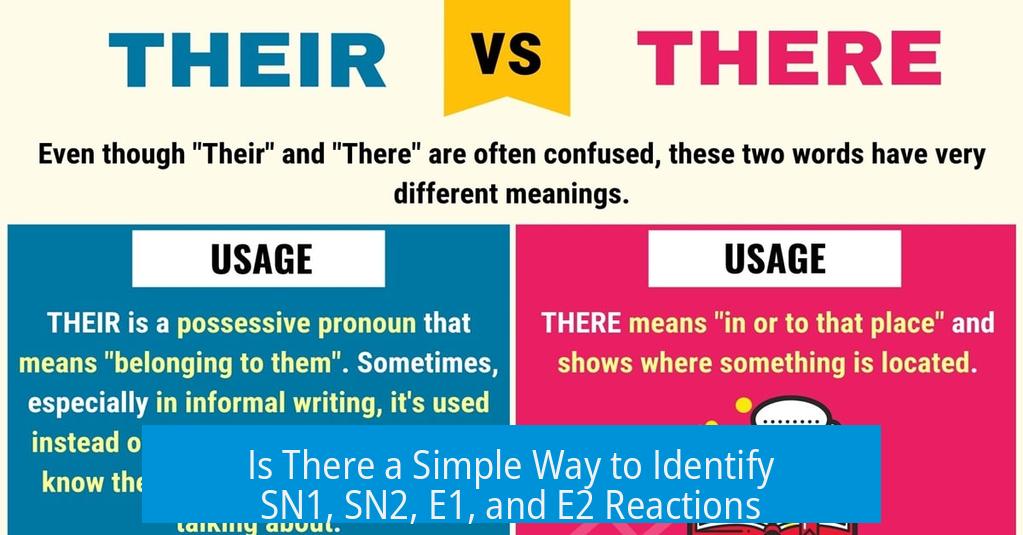
Yes. The simplest method to identify SN1, SN2, E1, and E2 mechanisms involves a stepwise approach based on nucleophile/base strength, substrate type, heat presence, and steric factors. In brief:
- Strong base/nucleophile → SN2 or E2
- Weak base/nucleophile → SN1 or E1 (heat favors E1)
- Bulky strong base → E2 only
- Non-bulky strong base → SN2 if primary substrate, E2 if secondary/tertiary
This guides one quickly through mechanism determination in substitution and elimination reactions.
Step 1: Assess the Strength of the Base or Nucleophile
The first factor is whether the reagent attacking the substrate is strong or weak.
- Strong bases/nucleophiles promote bimolecular reactions: SN2 and E2.
- Weak bases/nucleophiles lead to unimolecular pathways: SN1 and E1.
This stems from the rate-determining step. In SN2 and E2, both the substrate and base/nucleophile participate, making the kinetics second order. SN1 and E1 involve carbocation intermediates, so only substrate concentration dictates rate.
Step 2: For Weak Bases/Nucleophiles, Choose Between SN1 and E1
When the base or nucleophile is weak—often water, alcohols, or other weakly nucleophilic solvents—the reaction proceeds via SN1 or E1 mechanisms.
- Heat Presence: Heating the mixture encourages elimination (E1) over substitution.
- Stereochemistry: SN1 often results in racemization because of the planar carbocation intermediate.
- Substrate Type: Secondary and tertiary substrates favor SN1/E1 due to stable carbocation formation.
The carbocation intermediate stabilizes the reaction pathway. If heat is mentioned, elimination (E1) dominates. At room temperature, SN1 usually prevails.
Step 3: For Strong Bases/Nucleophiles, Distinguish Between SN2 and E2
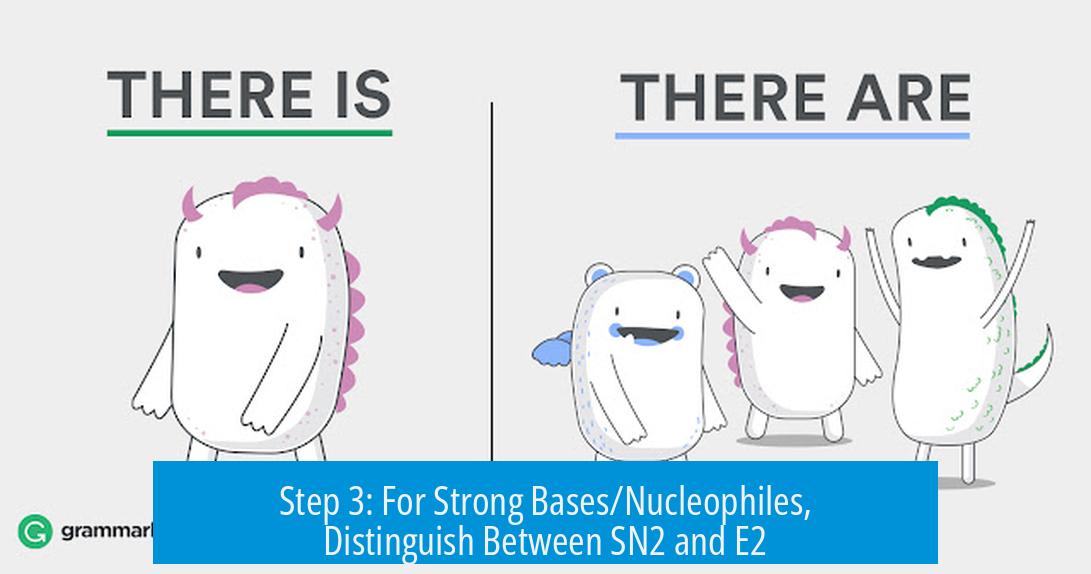
Within strong base/nucleophile regimes, the decision narrows between SN2 and E2 reactions by examining steric hindrance and substrate structure.
- Bulky, sterically hindered bases favor elimination (E2) exclusively.
- Non-bulky strong bases may induce substitution (SN2) or elimination (E2) depending on the substrate.
Common bulky bases include DBU, DIPEA, and LDA. These cannot easily attack the carbon center, so they abstract a proton, leading to elimination.
Step 4: Examine Substrate Structure for Non-Bulky Strong Bases
| Substrate Type | Mechanism | Explanation |
|---|---|---|
| Primary | SN2 | Less steric hindrance allows nucleophilic backside attack over elimination. |
| Secondary | E2 (major), possible SN2 | Elimination favored with strong base; some substitution can occur. |
| Tertiary | E2 | Highly hindered carbon centers prevent SN2; elimination dominates. |
This rule aligns with the role sterics play in nucleophilic substitution and base-induced elimination.
Additional Considerations
Solvent Effects
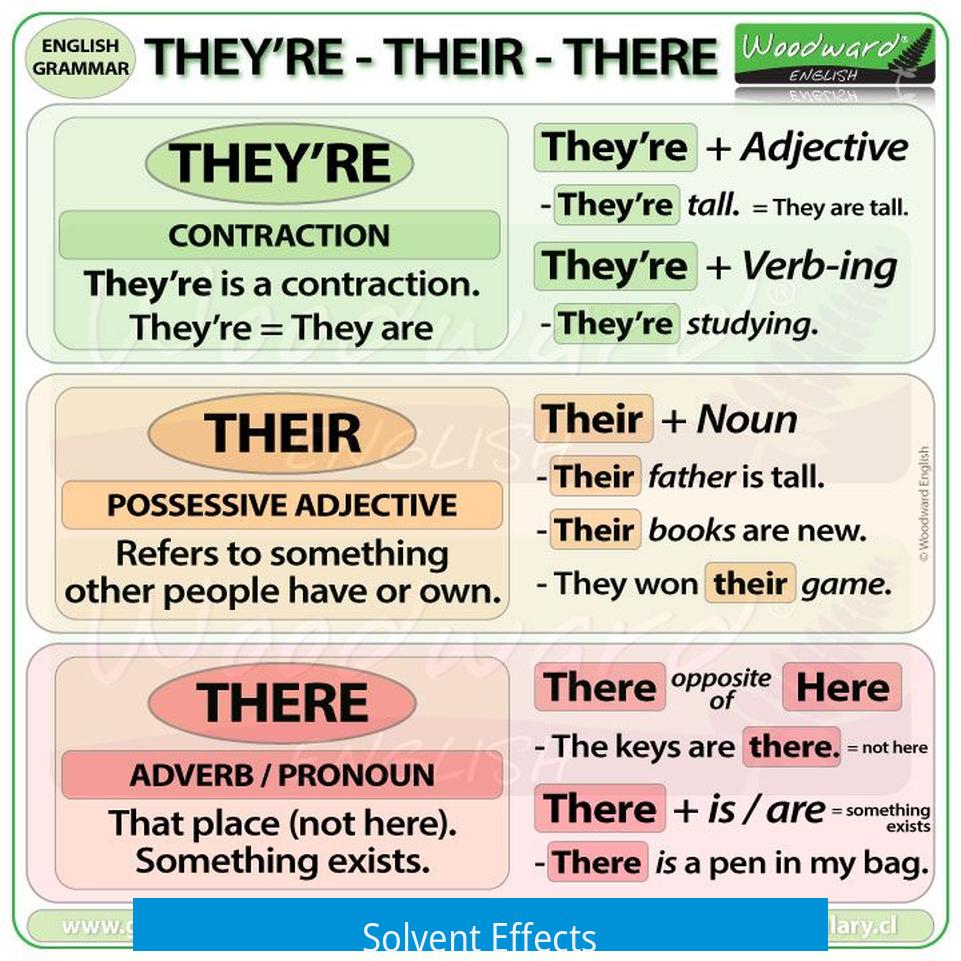
Polar protic solvents stabilize carbocations, favoring SN1 and E1. Polar aprotic solvents enhance nucleophile strength, promoting SN2.
Mnemonics and Reaction Pathways
“Does Humpty Dumpty (the leaving group) fall (1) or get pushed (2)?”
- SN1 and E1 involve carbocation intermediates, so the leaving group “falls” off first.
- SN2 and E2 occur in concerted steps; the leaving group is “pushed” out simultaneously as the nucleophile attacks or base pulls a proton.
Why Heat Favors Elimination
Elimination reactions increase entropy by producing a double bond and a small molecule (like water). Heat encourages pathways with higher entropy, pushing reactions toward E1 or E2 when possible.
Summary: Stepwise Identification Workflow
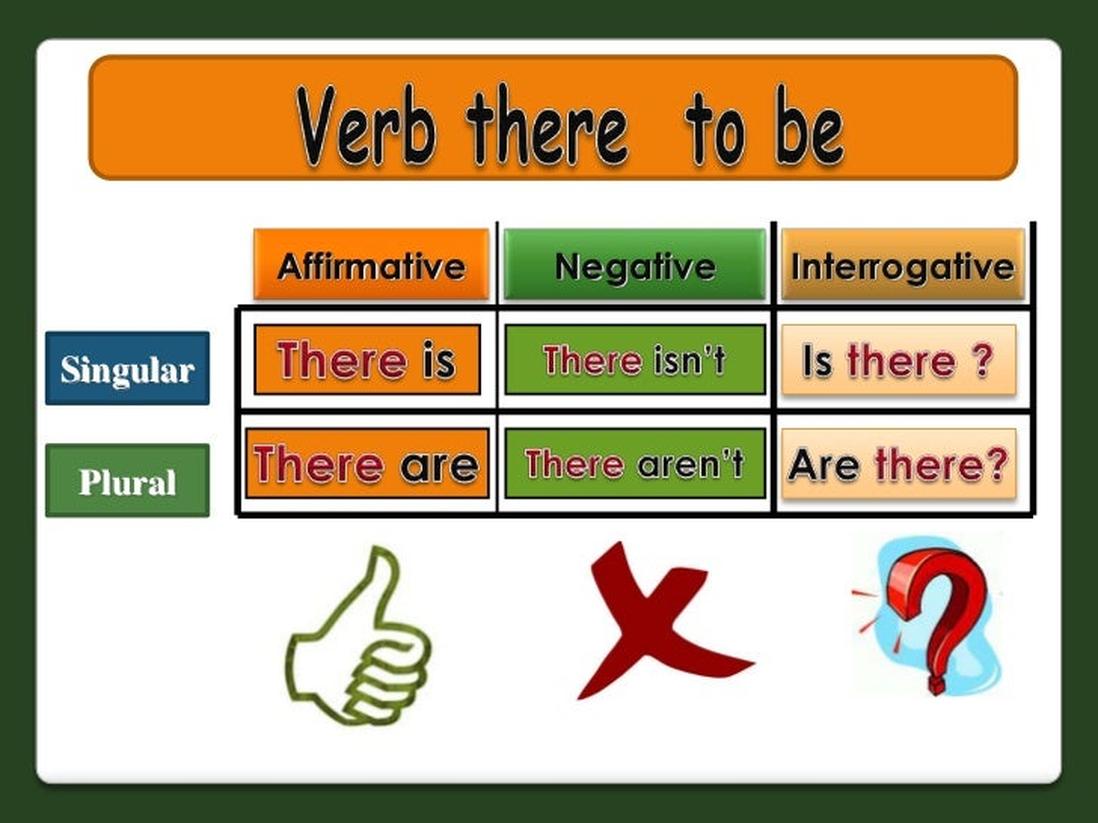
- Determine base/nucleophile strength: Strong leads to SN2 or E2; weak leads to SN1 or E1.
- If weak base/nucleophile: Look for heat; heat favors E1, else SN1.
- If strong base/nucleophile: Is the base bulky?
- Yes → E2 only.
- No → Check substrate:
- Primary → SN2.
- Secondary/tertiary → E2.
Example Application
Given a reaction with a secondary alkyl bromide and sodium ethoxide (a strong, non-bulky base), the mechanism is most likely E2. This is because the substrate is secondary and the base is strong and non-bulky, favoring elimination.
If the base were bulky, like LDA, E2 would also occur, but substitution would be minimal.
If the nucleophile/base was water with no heat applied, the reaction would be SN1 or E1, with SN1 favored due to the weak nucleophile and secondary substrate.
Key Takeaways
- Base/nucleophile strength determines unimolecular (SN1/E1) vs bimolecular (SN2/E2) pathways.
- Heat promotes elimination (E1) over substitution (SN1) for weak bases.
- Bulky strong bases favor elimination via E2 exclusively.
- Non-bulky strong bases induce SN2 in primary substrates and E2 in secondary or tertiary.
- Solvent polarity influences carbocation stability and nucleophile strength.
Is there a simple way to identify SN1, SN2, E1, and E2?

In the maze of organic chemistry, students often ask: Is there a simple way to identify SN1, SN2, E1, and E2 mechanisms? The short answer is yes, but only if you know which signs to look for. Once you understand the key factors—nucleophile strength, substrate type, base bulkiness, solvent, and heat—these mechanisms reveal themselves like characters in a well-scripted play.
Let’s decode these four fundamental reactions with a strategy that sticks, breaks down complexity, and even throws in some cheeky analogies. Whether you’re cramming for an exam or trying to ace that lab, this guide will help you spot which mechanism is in play!
1. Elimination versus Substitution: The Basic Plot
First, understand the main *difference* between substitution (Sn) and elimination (E). Substitution replaces the leaving group with a nucleophile. Elimination, on the other hand, kicks out a hydrogen to form a double bond. It’s like choosing between swapping a tire or popping the hood on a car.
Elimination is favored when there’s an acidic hydrogen *next to* the leaving group, or when a strong, bulky base flexes its muscles, making it harder to sneak in as a nucleophile. Substitution jumps in when the molecule is less bulky, and the nucleophile can easily attack. Think of it as a party where only the least crowded rooms get the best dance moves.
2. First-Order vs. Second-Order Reactions: Stability is Key
Now, let’s talk about order—not the kind you place at Starbucks, but kinetic order. SN1 and E1 reactions are first order: they depend mainly on the substrate. SN2 and E2 are second order, relying on both substrate and nucleophile or base.
The deciding factor? The stability of the intermediate, specifically the carbocation. SN1 and E1 take the scenic route: the leaving group *falls off* first, forming a carbocation intermediate that hangs out before the next step happens. SN2 and E2 sprint along in one step, where the nucleophile or base attacks and the leaving group leaves simultaneously—no VIP intermediates allowed here!
3. Use the Nucleophile and Base to Narrow Down Choices
This is where things get fun. Picture the nucleophile/base like a wild card in a game:
- Strong nucleophile/base? It’s typically negatively charged. That’s SN2 or E2 territory—second order reactions.
- Weak nucleophile/base? Neutral molecules like water or alcohols. These guys prefer the slower, first order SN1 or E1 route.
For example, if your nucleophile is something like OH− or a small alkoxide, expect SN2 or E2. If it’s water or an alcohol, suspect SN1 or E1.
4. Bulky Base? Expect Elimination
The size of the base matters. Bulky bases (think DBU, LDA, DIPEA) struggle to attack the carbon directly; they prefer to yank off a proton and encourage elimination—E2.
If your base is bulky and strong, E2 is often the only game in town. Conversely, smaller bases might play double duty, pushing either SN2 or E2 depending on the substrate.
5. Substrate Type: The Neighborhood Matters
Imagine the substrate as real estate:
- Primary carbon: Tends toward SN2 because there’s less crowding. The nucleophile can comfortably attack the electrophilic carbon without bumping into bulky neighbors.
- Secondary carbon: Can go either way—SN2 or E2—depending on base strength and bulkiness.
- Tertiary carbon: Steric hindrance blocks backside attack for SN2, so SN1 or E1 wins out.
This order affects how easily the leaving group departs and how stable the carbocation intermediate can become (SN1/E1 love tertiary carbons thanks to their stability).
6. The Solvent’s Role: Polarity and Proticity
Solvents can be polar protic or polar aprotic. This classification influences which mechanism dominates.
- Polar protic solvents (water, alcohols) stabilize carbocations. This helps the SN1/E1 pathways that depend on that intermediate. So, if your reaction is in water or alcohol, SN1 or E1 might be favored.
- Polar aprotic solvents (DMSO, acetone) don’t stabilize carbocations well but do support strong nucleophiles. Hence, SN2 is often favored in these solvents.
An exception is methyl halides, which do SN2 regardless of solvent. Like a stubborn mule, they stick to their guns.
7. Heat: The Elimination Encourager
Heat generally encourages elimination over substitution. Why? Because forming a double bond by kicking out a proton is entropically favorable, especially at higher temperatures. So if your reaction is heated, think “elimination,” especially E1 or E2.
8. Mnemonics to the Rescue
Still confused? Try this: Humpty Dumpty is your leaving group. In SN1/E1, Humpty falls off first, creating a carbocation—a slow, two-step event. In SN2/E2, you *push* Humpty off in one swift move while coming in behind him. Then decide—are we substituting (SN) or eliminating (E)?
9. A Simple Flow Approach to Identify the Mechanism
Here is a quick decision tree:
- Is the nucleophile/base strong or weak? Strong? Go SN2/E2. Weak? Go SN1/E1.
- For strong, bulky base? E2 only.
- If strong, non-bulky base? Look at substrate: primary → SN2; secondary/tertiary → E2.
- If weak base/nucleophile, check heat: presence? E1. Absence? SN1.
Simple enough, right?
10. A Summary Table for Easy Reference
| Criterion | SN1/E1 (1st order) | SN2/E2 (2nd order) |
|---|---|---|
| Intermediate | Stable carbocation | No intermediate, concerted step |
| Bond strength to leaving group | Weak bond | Strong bond |
| Nucleophile/Base strength | Weak | Strong (negative charge common) |
| Substrate type | Tertiary > secondary > primary | Primary > secondary > tertiary |
| Base bulkiness | Small, weak base | Bulky, strong base favors elimination |
| Solvent | Polar protic (stabilizes carbocation) | Polar aprotic (favors SN2) |
| Heat | Favors elimination | Favors elimination |
| Mechanism type | Two-step (leaving group loss first) | One-step (concerted attack) |
11. Practical Tips to Build Intuition
- Use flowcharts to visualize decisions. They act like GPS for your reaction pathways.
- Practice problems repeatedly. Repetition helps you “see” the pattern beyond textbooks.
- Watch videos from channels like Professor Dave Explains or Organic Chemistry Tutor. They clear up confusion with real molecules and reactions.
- Google a pKa chart of leaving groups and hydrogens—it’s your cheat sheet for acidity, stability, and reactivity.
Remember, reactions may yield mixed substitution and elimination products. Base strength, sterics, and heat tip the balance. Sometimes, the mechanism is a team effort.
12. Final Thoughts
Yes, there is a simple way to identify SN1, SN2, E1, and E2, but it requires you to think critically about the players involved: the nucleophile or base, the substrate, the reaction conditions, and the solvent. Think of it as a recipe—you adjust the ingredients (base strength, bulk, solvent) and cooking conditions (heat) to get the dish (product) you want.
So next time you’re staring at that reaction scheme, ask yourself: Who’s strong? Who’s bulky? Who’s stable? Is heat turning up the heat on elimination? With these questions answered, your reaction will no longer be a mystery but a predictable dance on the molecular floor.
And if you ever stumble, remember: practice, maps (flowcharts), and a dash of curiosity make the organic chemistry journey not just bearable but surprisingly enjoyable.
How can I quickly decide if a reaction is SN1, SN2, E1, or E2?
First, check if the base or nucleophile is strong or weak. Strong means SN2 or E2. Weak points to SN1 or E1. Then, for weak bases, heat favors E1 over SN1. For strong bases, if bulky, it’s E2 only; if not bulky, check substrate type.
What role does base strength play in identifying the mechanism?
Strong bases/nucleophiles lead to bimolecular reactions: SN2 or E2. Weak bases cause unimolecular reactions: SN1 or E1. So determining base strength is the initial key step in choosing the mechanism.
How does the substrate type affect the choice between SN2 and E2?
If the base is strong but not bulky, primary substrates generally go SN2. Secondary and tertiary substrates favor E2 as the major pathway with strong non-bulky bases.
When should I expect E1 over SN1 with weak bases?
With weak bases, the presence of heat usually promotes E1 elimination. Without heat, substitution via SN1 is more likely since both share a carbocation intermediate.
Why does base bulkiness matter for E2 and SN2?
Bulky bases hinder nucleophilic attack, pushing the reaction toward elimination (E2). Non-bulky strong bases can act as nucleophiles for substitution (SN2), especially with less hindered substrates.


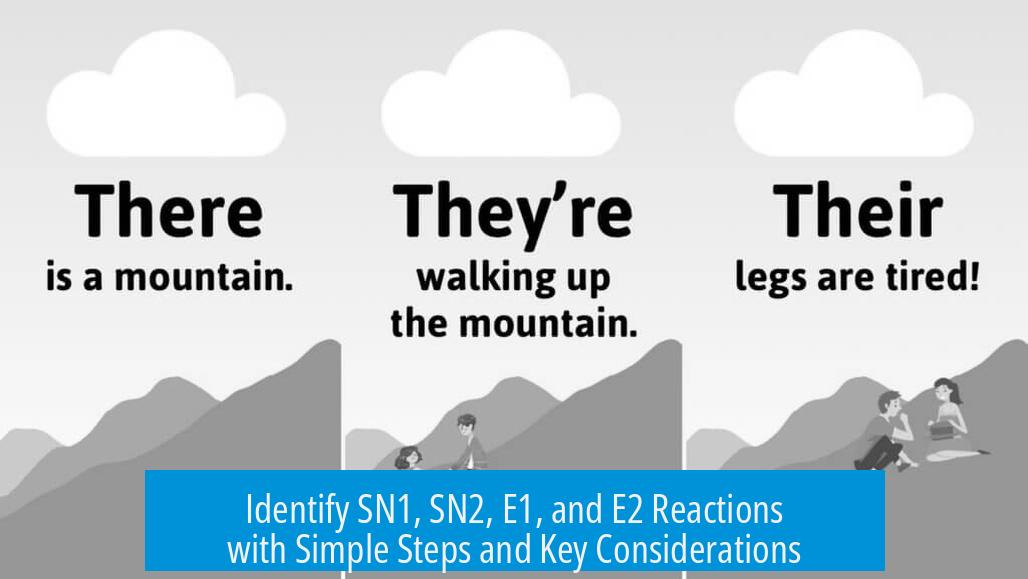
![Meaning of Brackets in Organic Chemistry: Understanding [O] and [H]](https://chemcafe.net/wp-content/uploads/2025/07/Organic_Ch-6-768x512.jpg)
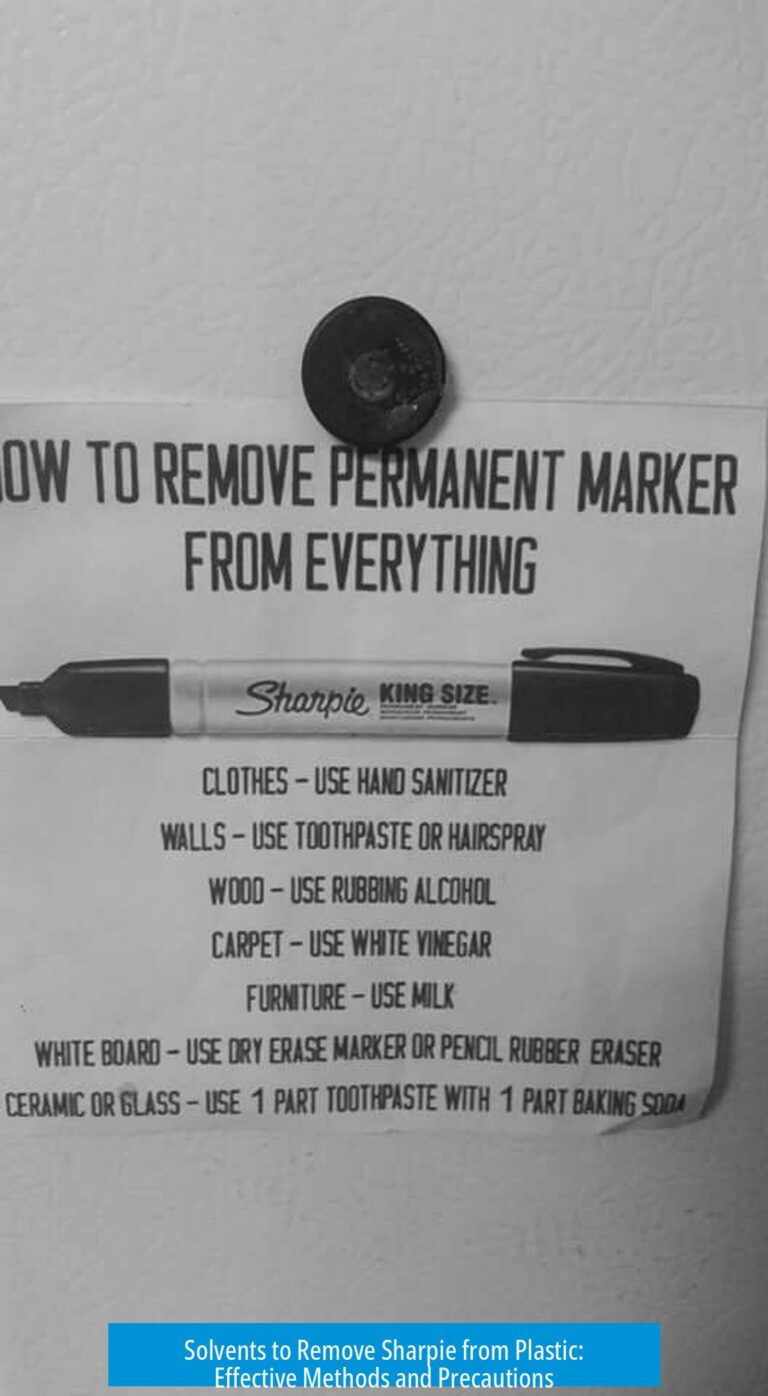
Leave a Comment